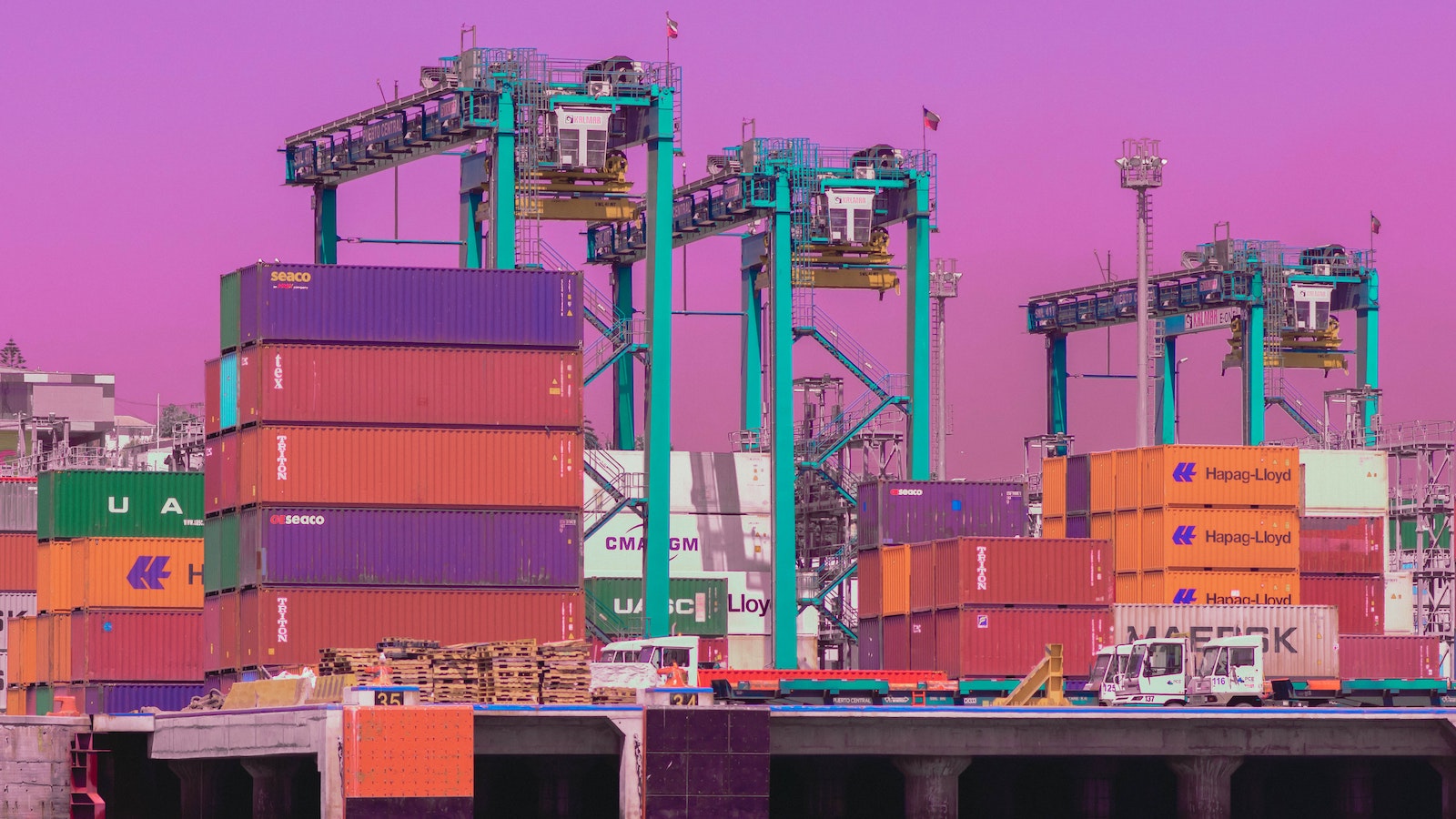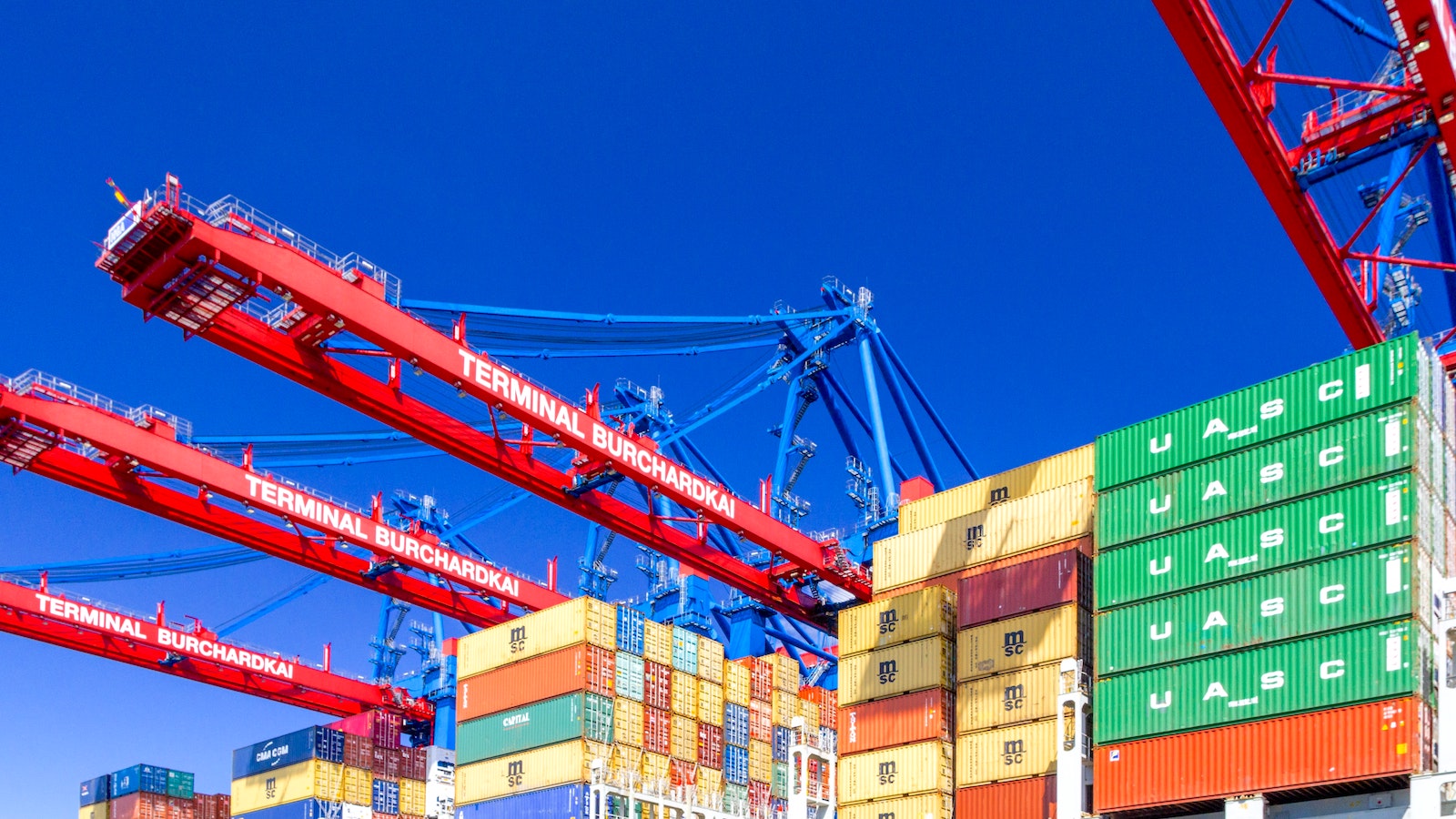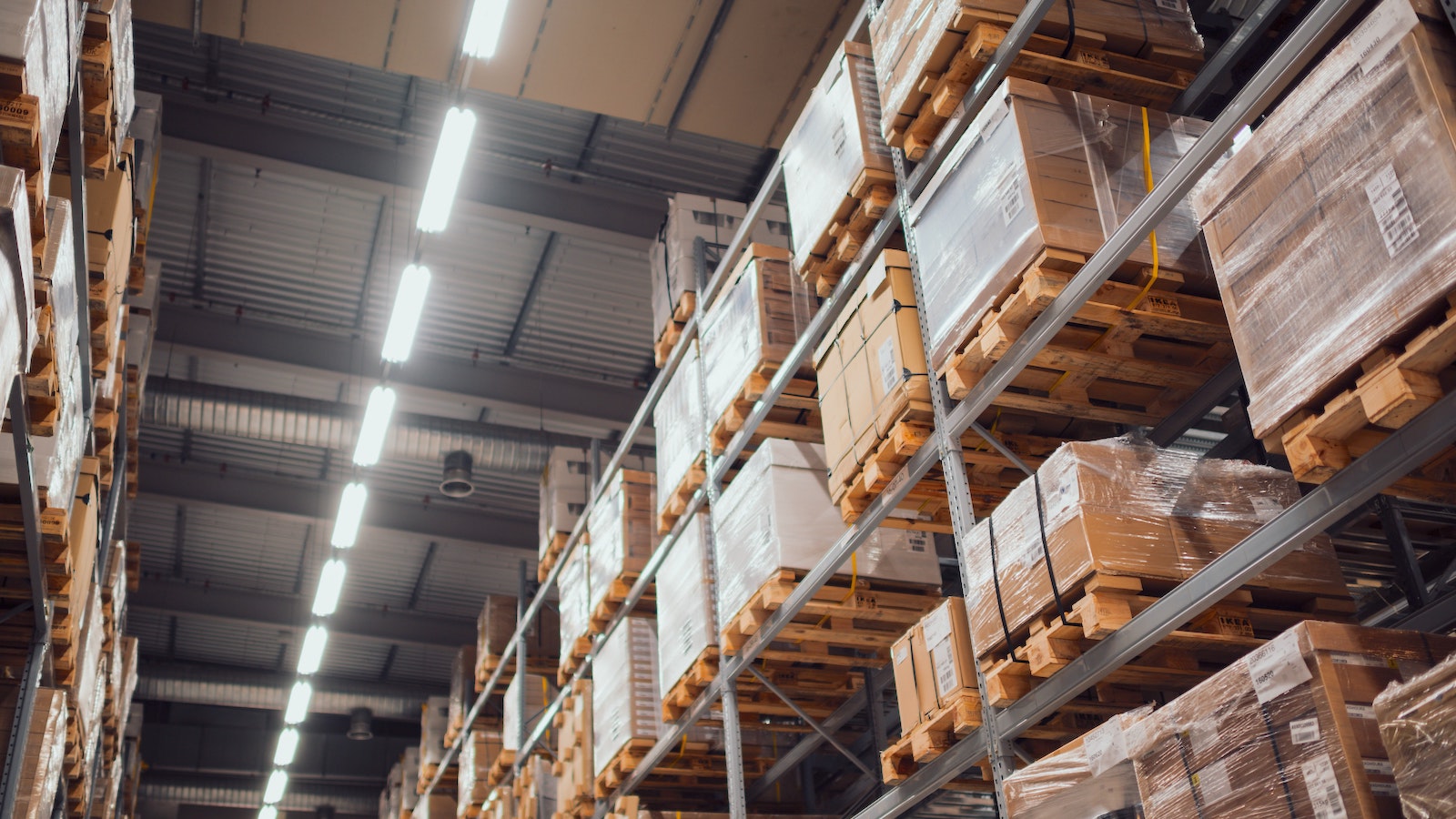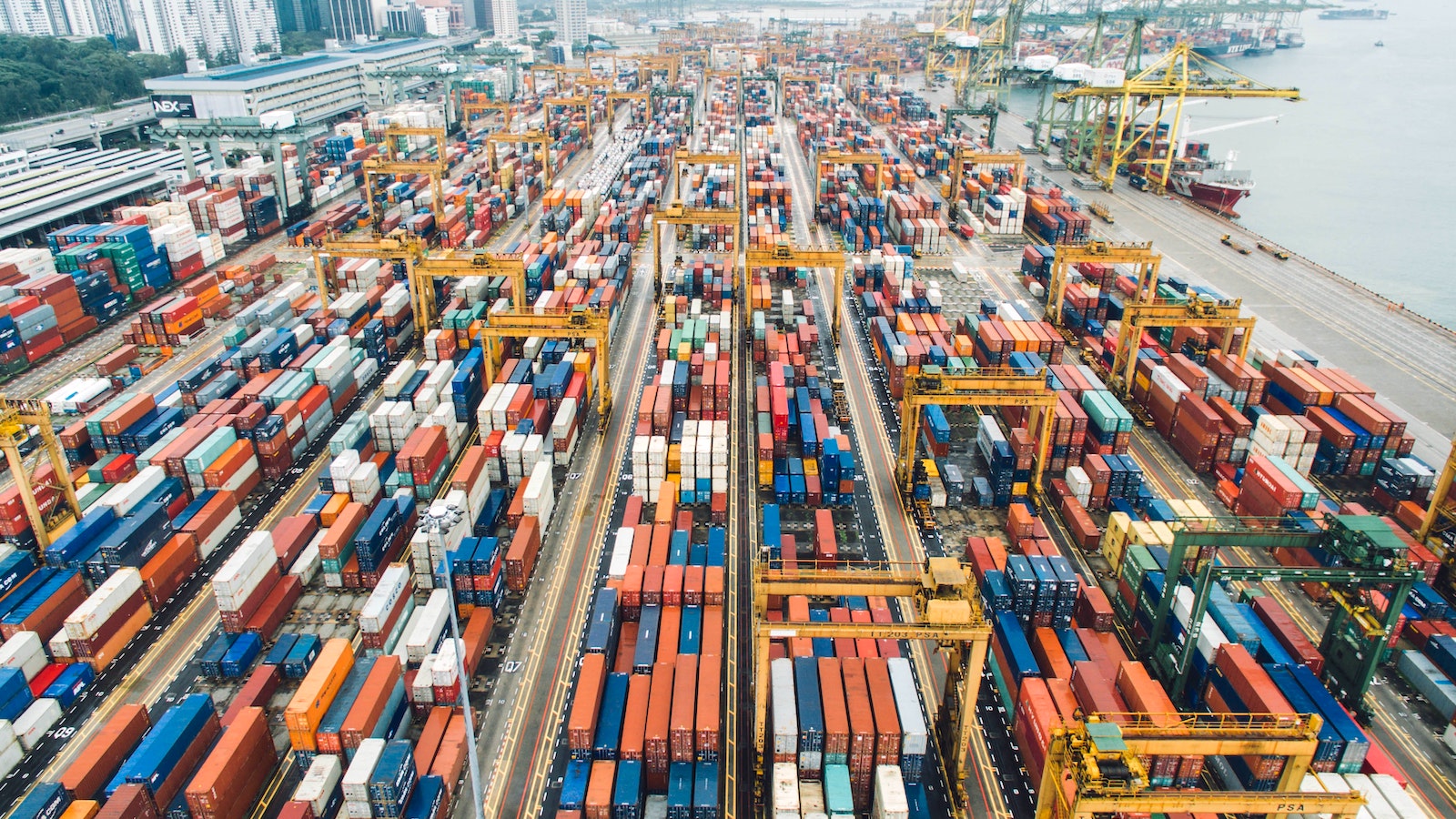Table of Contents
** Minutes
What is supply chain as a service (SCaaS)?
4 stages of an ecommerce supply chain
3 challenges of building your own end-to-end supply chain
ShipBob: a targeted solution for streamlining supply chain management
If you landed here, I’m wondering…
- Are you looking for a sustainable, efficient means of managing your supply chain?
- Does your business care about using data to make better supply chain decisions?
- Do you want to expand into new sales channels and distribution locations?
- Are you comfortable outsourcing logistics operations?
If yes, then it’s time to move away from a traditional, in-house supply chain management strategy.
To give your business a competitive edge, outsourcing parts of your supply chain may be essential. With on-demand logistics on the rise, it can be a challenge to grow your business without the right technology, equipment, expertise, and automation tools to meet customer expectations around fast, affordable shipping.
A ‘supply chain as a service’ (or SCaaS) business model supports online brands that don’t want to invest their time and money in logistics while improving supply chain efficiency.
In this article, you will learn:
- What supply chain as a service means
- The primary stages of an ecommerce supply chain
- Challenges of running a supply chain in house
- How a 3PL like ShipBob can help you optimise logistics
What is supply chain as a service (SCaaS)?
‘Supply chain as a service’ (also know as SCaas) offers technology-driven, end-to-end supply chain management solutions for ecommerce businesses.
This highly flexible logistics model utilises one or multiple logistics partners that take over the responsibility of production control, manufacturing, warehousing, inventory tracking, order fulfilment, and shipping.
Ultimately, SCaaS provides the infrastructure and technology to reduce logistics costs, providingflexible fulfilment solutions, and implementing technology and automation to improve speed, visibility, and accuracy across an entire supply chain network.
4 stages of an ecommerce supply chain
It’s true. Almost every step in your ecommerce supply chain can be executed by a third party, known as a third-party logistics (3PL) provider.
But before you decide to utilise SCaaS, it’s important to understand how the ecommerce supply chain works. The right 3PL will offer visibility over your supply chain, including real-time data and insights, as well as the ability to track fulfilment performance. This enables you to outsource while still maintaining a sense of control.
If you outsource fulfilment to a 3PL, you must understand the different stages to help you make better decisions as you grow your business.
Here is an overview of the four primary stages of the ecommerce supply chain.
1. Raw materials procurement
Raw materials are sourced by manufactures and used to procure finished goods.
As a business owner, you don’t necessarily have to worry about sourcing raw materials, but you do need to choose the right manufacturer or supplier based on the type of products you want to offer (e.g., affordable vs. luxury goods).
It’s also important to invest time into diversifying and maintaining good relationships with multiple suppliers in the retail supply chainin case of a manufacturing delay or facility closure.
2. Manufacturing
Manufacturing is the production of finished goods at a large scale with the use of technology, equipment, and labour.
The manufacturer is responsible of production, from managing work-in-process (WIP) inventory, assembly, and quality inspections before they are delivered to another business.
As a business owner, you will need to understand production lead times. Knowing how long it will take to restock inventory impacts your entire supply chain velocity. You want to be able to optimise inventory levels based on storage capacity and costs, as well as customer demand.
3. Warehousing
Warehousing is the process of storing physical goods before they are sold or further distributed in a dedicated warehouse or storage facility.
Once you replenish inventory, it needs to be stored strategically to save costs, improve order accuracy, and reduce both shipping costs and transit times.
When it comes to warehouse management, there’s a lot to consider: from how to optimise storage to save on costs (known as warehouse slotting) to distributing inventory across warehouses based on where your customers are located.
“We are growing really fast and won’t slow down anytime soon. With ShipBob, we have the option to use more of their warehouses to further reduce shipping costs.
Because ShipBob has a lot of people to handle our orders and additional warehouses we can expand into, we can scale up with ease as we continue to grow quickly. If we ran our own warehouse, it would be much harder to hire people and we’d inevitably outgrow the space.”
Oded Harth, CEO & Co-Founder of MDacne
4. Distribution
Distributing inventory to locations closest to where there is most demand is an important part of supply chain planning. Distribution impacts customer reach, last-mile delivery, and the ability to offer affordable shipping options.
To distribute inventory strategically, online brands lean on their 3PL partner with inventory distribution capabilities.
For instance, ShipBob allows you the option to split inventory across distribution centres across the globe. ShipBo also provides insights into performance across locations. This makes it easier to establish an ideal inventory allocation strategy based on where your customers are located and how each SKU is performing at each location.


“We sell flammable goods that need to be shipped via ground, so ShipBob has been a great ally as they have fulfilment centres all over the US, facilitating a 2-3 day delivery time for any customer in the US.
This is helpful especially when weather challenges happen; being able to have different locations to ship from allows for a more seamless supply chain.”
Andrea Lisbona, Founder & CEO of Touchland
3 challenges of building your own end-to-end supply chain
As you expand your business and outsource parts of your supply chain, the one downfall is the potential loss of control and inability to be involved in the day-to-day operations.
To build your own end-t0-end supply chain, you need to navigate the following challenges:
1. Managing inventory & orders across multiple channels
To reach more customers, it’s not uncommon to sell on multiple sales channels. Without a proper multichannel inventory management strategy, it can be a challenge to manage and track inventory levels and orders across different channels.
Each time you add a new sales channel, your supply chain becomes more complex. To ease the complexity, ShipBob makes it easy to expand into new sales channels.
For instance, if you want to start selling on Walmart Marketplace, ShipBob offers a partnership and direct integration with Walmart to enable Walmart TwoDay shipping. Once approved, you can offer 2-day delivery with 100% coverage across the continental US when orders come in through Walmart.com (even from just one fulfilment centre).
From the ShipBob dashboard, you can filter all orders by status and track real-time inventory levels.


“We want to continue to become a more multichannel brand and work with bigger retailers. We’ve done some B2B orders with ShipBob, including Urban Outfitters, and now we’re in talks with some larger wholesale accounts.”
Manuel de la Cruz, CEO at Boie
2. Building supply chain resilience
More than ever, growing a successful ecommerce business is all about building supply chain resilience.
From bad weather to manufacturing delays, anything can disrupt the supply chain at any time. And what we learned from the pandemic and beyond is disruptions can happen when we least expect them.
To optimise your supply chain and build resilience, you will not only need access to a robust supply chain infrastructure and technology but also access to logistics experts.
Many ecommerce businesses don’t have supply chain or inbound and outbound logistics experts on staff, which can make it difficult to foresee any possible disruptions that can be avoided or planned for ahead of time.
However, 3PLs like ShipBob bring years of industry expertise to the table. ShipBob stays up-to-date on the current state of the industry to help ensure that your supply chain continues to run smoothly despite unexpected events and possible disruptions.
In the event that there is a disruption, ShipBob’s best-in-class customer service team is in constant communication with merchants and informs of any possible disruptions to their supply chain.
“ShipBob feels like a partner. I’ve been passed around the 3PL world, and I’m glad to put roots down with ShipBob. I can’t stress enough how much easier my life has gotten since. Getting to share product feedback and future ideas with ShipBob has been so refreshing and reassuring.
ShipBob implements changes so quickly and doesn’t make empty promises. It feels like we’re working with a company that’s on the same path as us with perpetual growth.”
Wes Brown, Head of Operations at Black Claw LLC
3. Ensuring you have the right amount of inventory at the right time
To avoid stockouts or overstocking, retailers need to constantly be optimising inventory.
With proper planning, you can better maintain stock availability to meet demand and avoid fulfilment delays.
As one example, having tools and technology in place to help with demand forecasting makes it easier to allocate products your customers want, when they want them.
Additionally, as your business grows, real-time inventory tracking and making sense of the inventory data can be done be implementing inventory management software that automates inventory tracking and provides inventory visibility.
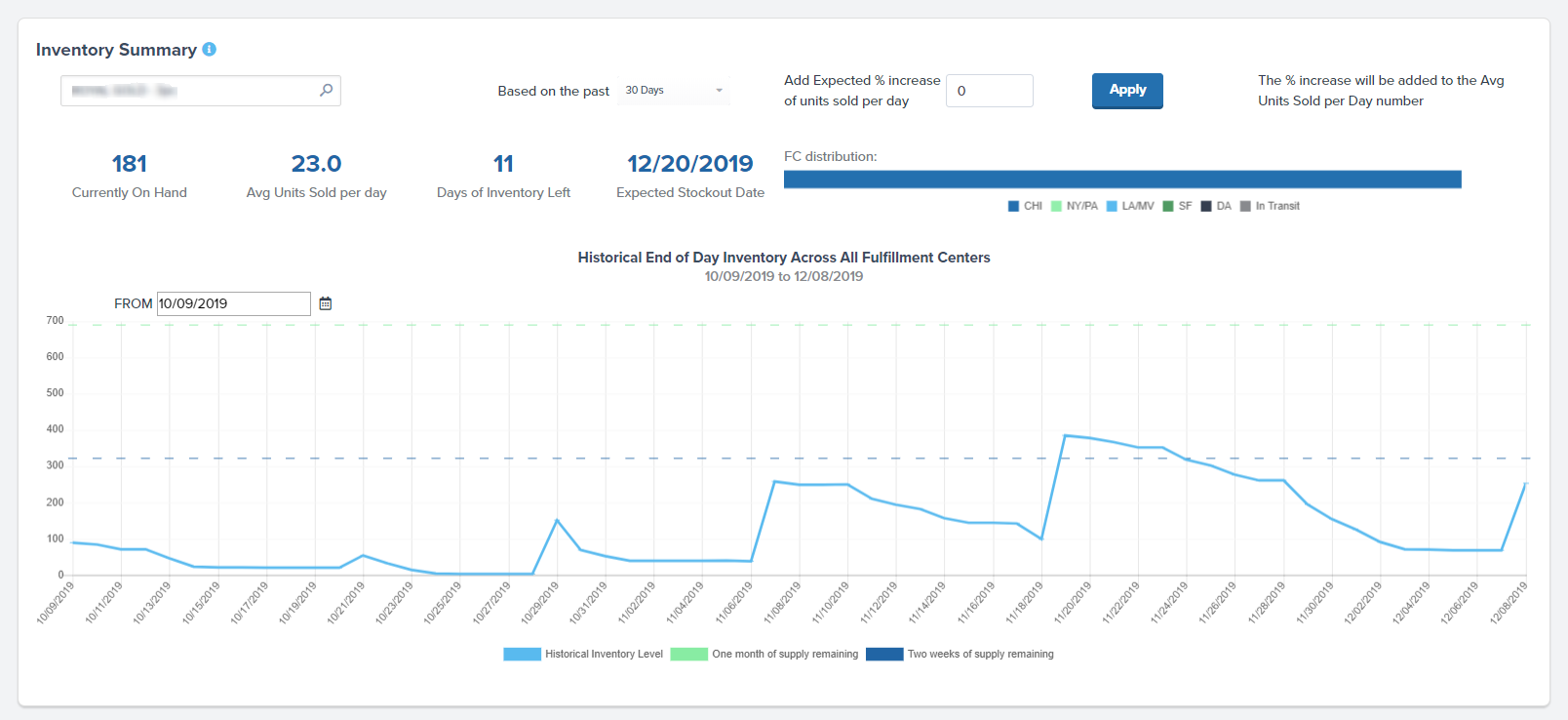

“We utilise ShipBob’s Inventory API, which allows us to programmatically retrieve real-time data on how many units of each product are currently stored at ShipBob’s warehouses.
We currently use this API to generate custom reports to tie this inventory data into our accounting platforms.”
ShipBob: a targeted solution for streamlining supply chain management
SCaaS continues to enhance today’s modern supply chain, and ShipBob is leading the charge.
ShipBob offers targeted, cost-effective supply chain solutions, from inventory management, warehousing, and retail fulfilment, to automated shipping and returns management.
We partner with your internal logistics team to enhance your supply chain, while driving value and growth with greater cost-efficiency and faster shipping.
What’s more, ShipBob enables your business to reduce cart abandonment with the ability to offer affordable 2-day shipping options for your customers thanks to our growing international fulfilment network.
“My end goal when I started Drop FX was to create something that was fully automated, so I could focus on driving sales. I didn’t want to have to worry about inventory and distribution as much.
When I was gearing up to launch the business, I was looking for someone who would automate fulfilment for us. I chose ShipBob, and it turned out to be a very easy and scalable solution.”
Josh Hollings, Founder & CEO of Drop FX
As a tech-enabled 3PL, ShipBob’s offers premium technology and automated fulfilment solutions that save time and add 13% cost savings to your bottom line. Click the button below to learn more.
